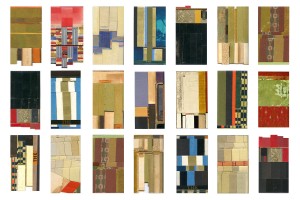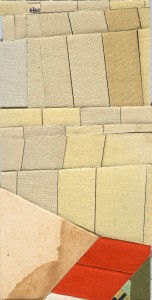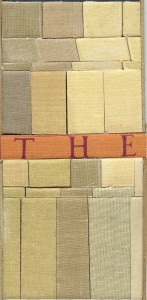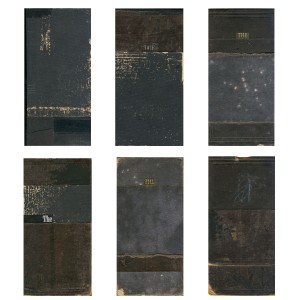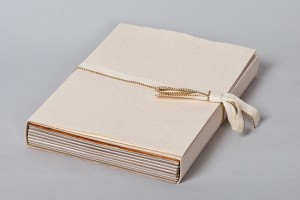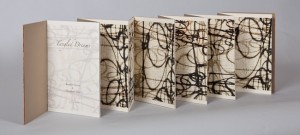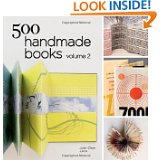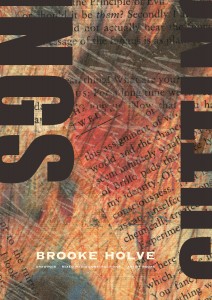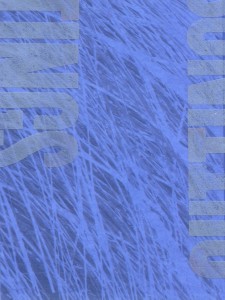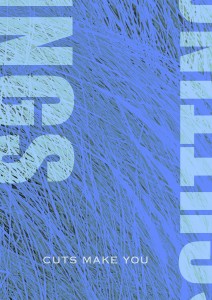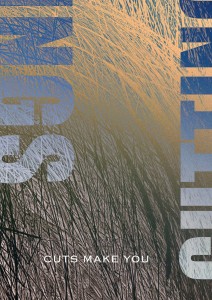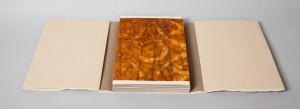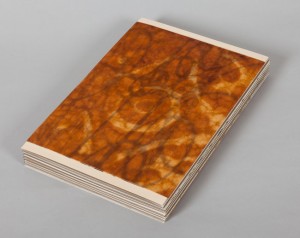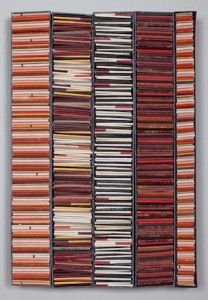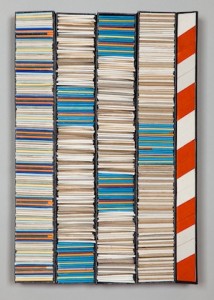2013 opens with "The Residency Show" at the Gatewood Gallery, University of North Carolina, Greensboro (UNCG) on January 14th through February 1st. The show features work of faculty and other artists who participated in artist residencies recently. I sent work inspired by my experiences at the Gullkistan Artist Residency in Iceland last summer.
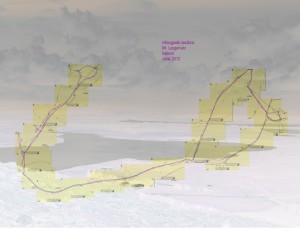
About the work:
I walk a lot when I travel. Walking allows me to wander wherever I wish, and not be limited to "auto driven" roads. I can choose a way, a pace, and I often see more. I love how walking shifts me from an accelerated frenetic state of mind to a contemplative one. And slowing down has a way of opening up space. The artist, Richard Long, once wrote that "a walk expresses space and freedom and the knowledge of it can live in the imagination of anyone, and that is another space too."
And I found that space in Iceland last summer at the Gullkistan Artist Residency; not only because "eg' gekk mikið!", but also because I discovered that Iceland is a land with panoramic views and horizontal ribbons of sky, land, and sea. My response was elemental and primordial and it took me back to a place of "beginning"—an invigorating feeling that I want to experience again.
I went to Gullkistan with the intent of incorporating the act of walking into my artistic process. Before I left, I purchased a Garmin GPSmap 62, a device that records tracks of walks. In Iceland, I used it to collect the shapes and lines of my walks while exploring the new terrain. I accumulated many tracks. In the studio, I printed them out and displayed them on the wall. These "visual walks" were a beginning. However, I wasn't clear on how I would use their shapes and lines in a body of work.
I had heard of Iceland's "geologic wonders". I was interested in how this geology related to its constantly shifting landscape. I saw this in lava beds, glaciers, craggy scree slopes, black sand beaches, glacial carved rocks and basaltic columns. These materials create a myriad of contours and textures. I have started to explore how this topography might influence my work so that it reflects the natural tensions of the land.
The work in the exhibit is a beginning of an investigation that combines both line cuts (sections from the tracks) from a walk and the contours of the landscape. The work comes from one of six walks that I tracked in Iceland; the one here is the trek up to the summit of Mt. Laugarvatn, a mountain behind the town of the residency with views of it and beyond. The track provides evidence of a step-by-step process, like walking, and is broken into 23 sections to suggest that. The constructions, mtlaugwalkcut1, mtlaugwalkcut2, and mtlaugwalkcut3 are the result of an investigation of line and form taken from the walks.
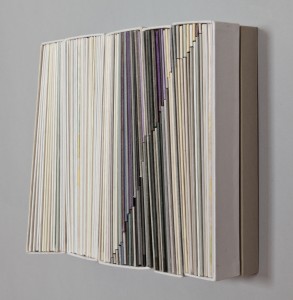
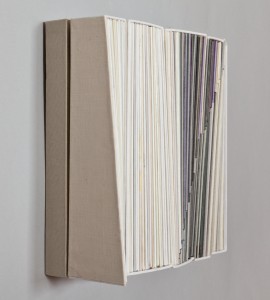
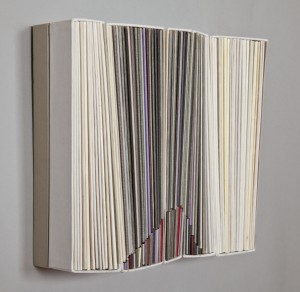
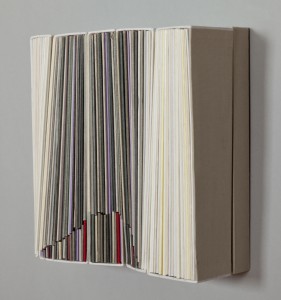
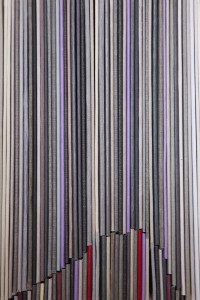
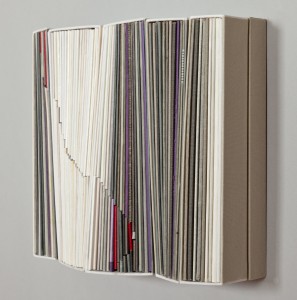
Artwork:
mtlaugwalkcut1, 2, & 3 are mixed media constructions made from book covers, cloth & board on a birch panel. Each are 9.13 x 8.66 x 3.25 inches ©2012


